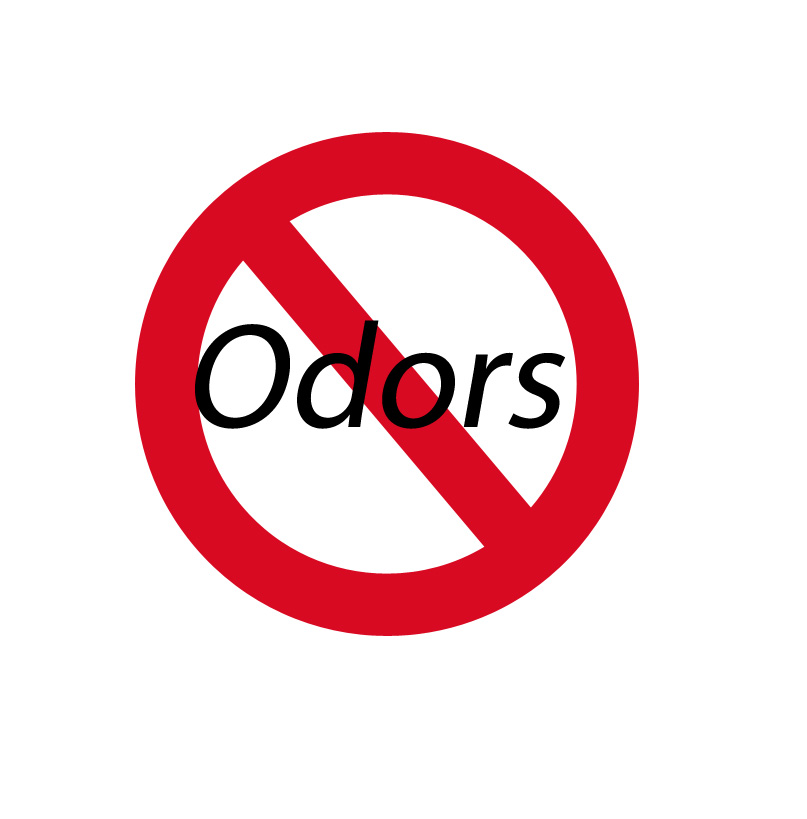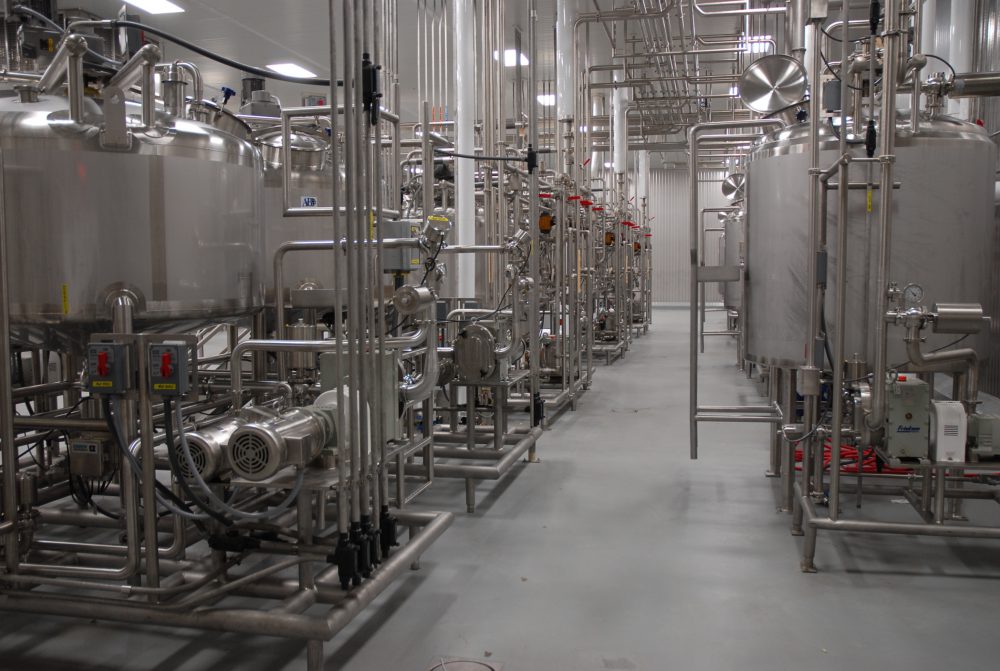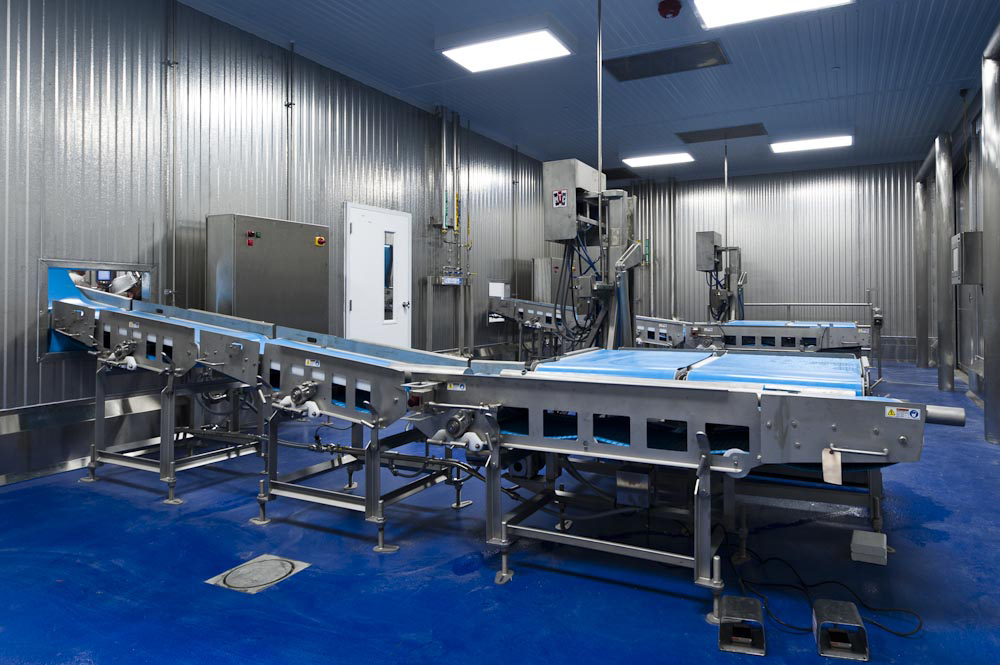A Conversation With Powerit Solutions® About Energy Management Technology
I recently sat down with Jack Perkins, Director of Channel Development for Powerit Solutions®, to discuss ways the food and beverage industry can benefit from energy management technology. Stellar often partners with energy experts such as Powerit Solutions to provide clients with a full range of tools to increase energy efficiency.
Continue Reading “A Conversation With Powerit Solutions® About Energy Management Technology”








